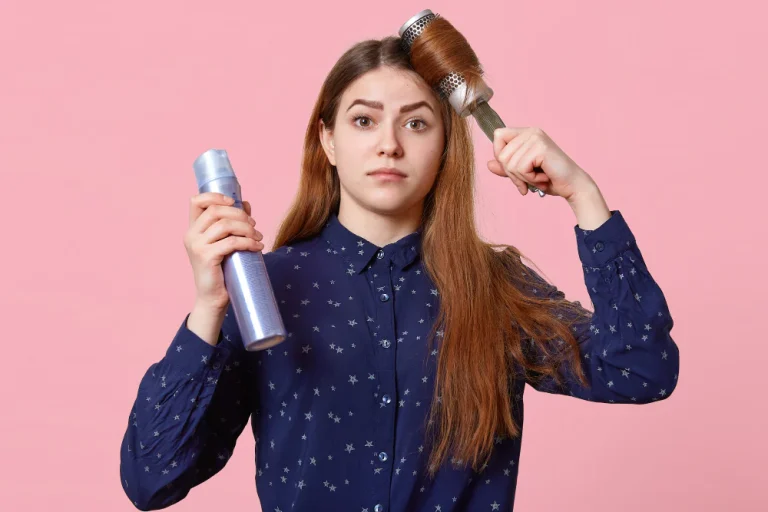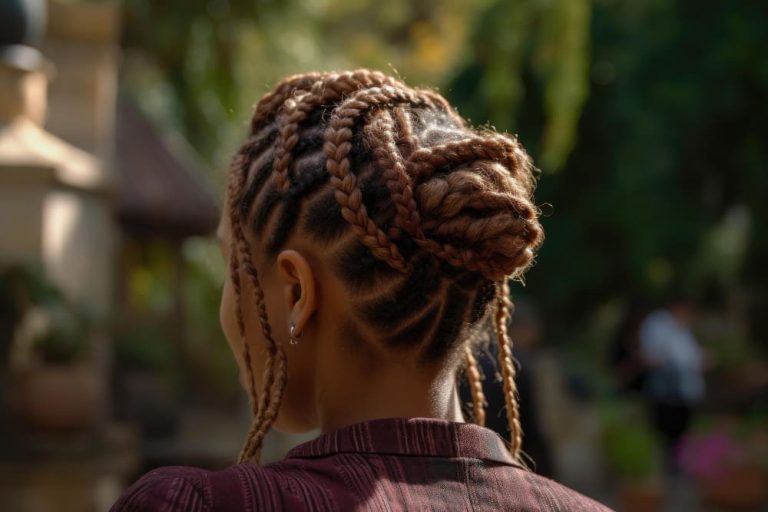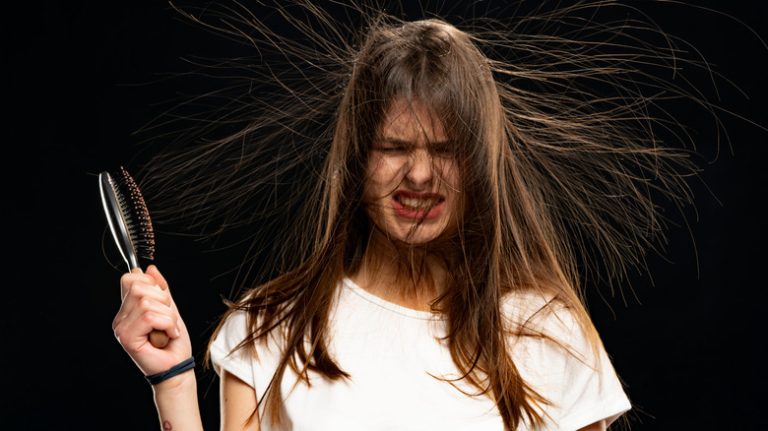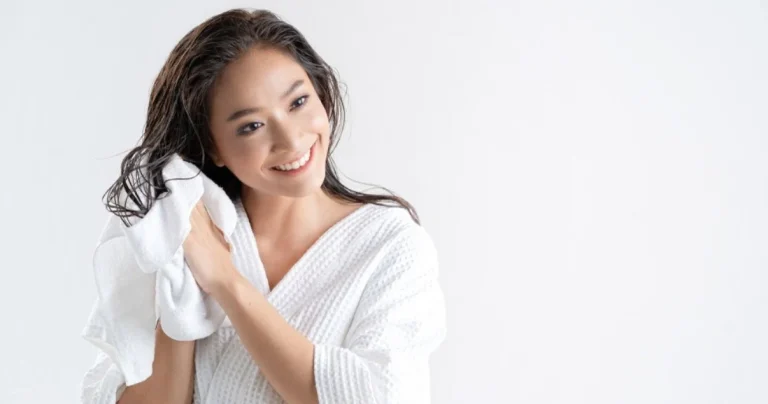What Braids Are Not Cultural Appropriation?
Braids have become a hot topic when it comes to cultural appropriation. With the rising popularity of braided hairstyles like French braids, boxer braids, Dutch braids, fishtail, Fulani braids, and dreadlocks, concerns have emerged about non-Black people wearing traditionally black hairstyles. However, the issue lies in the details.
Not all braids are problematic; it depends on understanding the cultural context and origins of each style.
The Problem Lies In The Detail
Contents
One of the main issues is the mislabeling of braids and a lack of understanding of the cultural history behind black hairstyles. For example, calling cornrows “boxer braids” strips the style of their background.
Another problem is the purposeful wearing of black hairstyles without recognition of cultural appropriation. Some adopt traditional Black styles like Bantu knots and do not credit their origins or significance. Lack of knowledge and education is often a contributing factor.
Do Your Research Before Braiding
In the digital age, information about braiding origins is accessible. There is no excuse for cultural appropriation. We can address confusion about popular techniques on social media by doing proper research. No one should braid their hair without first understanding the cultural context.
Not All Braids Are Cultural Appropriation
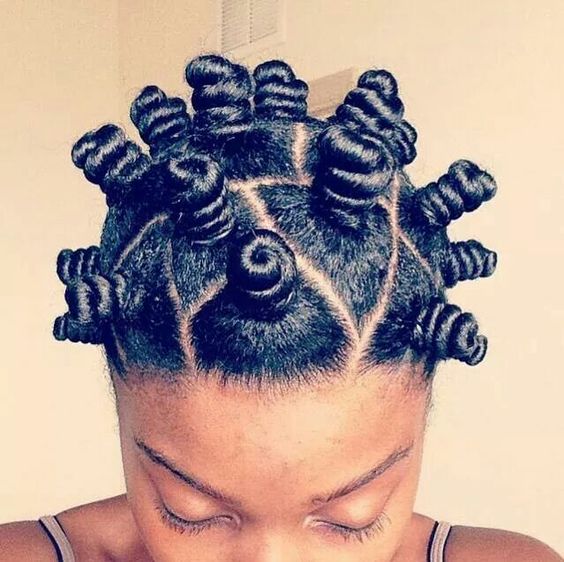
Cultural appropriation refers to the unacknowledged or inappropriate adoption of styles and customs from minority cultures by members of the dominant culture. Some styles, like Bantu knots, have deep-rooted significance, and copying them thoughtlessly is disrespectful. However, sometimes braids are copied due to a simple lack of awareness. This makes research into each style’s origins critical.
Some Cultures Aren’t Meant To Be Copied
By researching the history and origins of braids, we can understand why some have deep cultural meaning. This reveals the significance of many black hairstyles and why thoughtlessly copying them constitutes cultural appropriation. Some cultures are not ours to replicate.
The History of Braids Across Cultures
In ancient Africa, intricate braiding patterns held social and spiritual meaning. Under slavery, braids became a cultural symbol and means of resisting domination through secretly messaging hairstyles. As symbols of self-acceptance and freedom, braids continue to evolve with black culture.
Which braids are off limits?
Let’s overview some popular styles and their backgrounds. Cornrows, boxer braids, Fulani braids, Ghana braids, and dreadlocks all originate from African culture and hold deep meaning. Copying them thoughtlessly constitutes cultural appropriation. However, braided styles like French, Dutch, fishtail, and crown braids do not have the same deeply rooted cultural origins.
Culturally Appropriate vs Inappropriate Braids
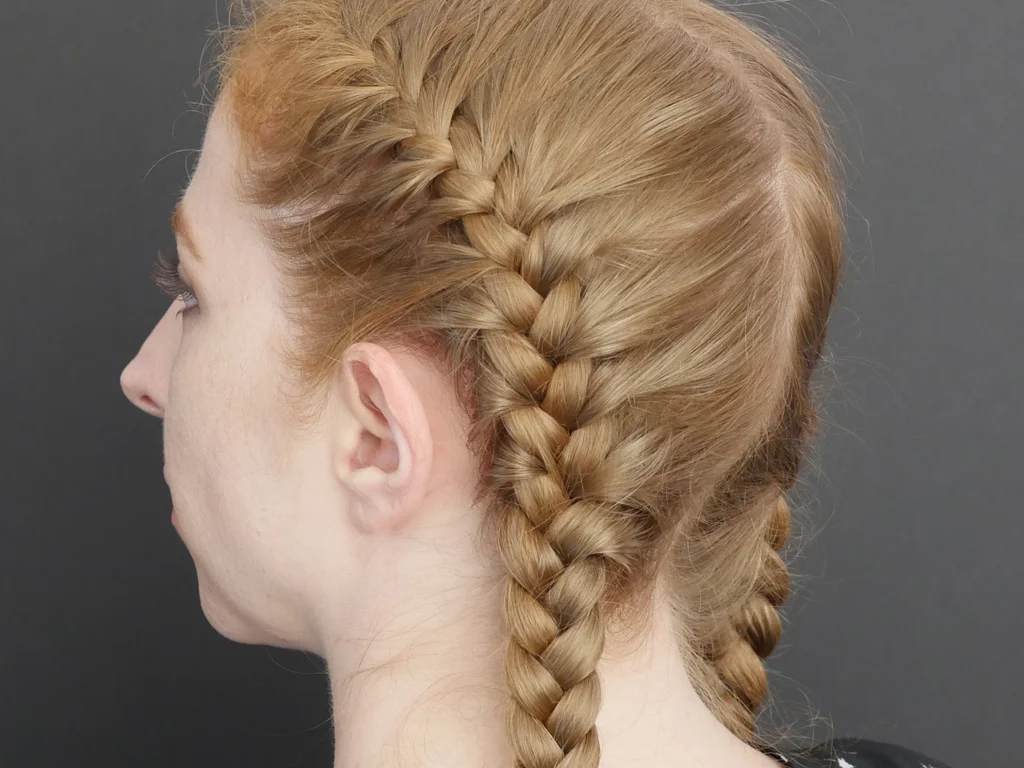
Here are some braids that are generally culturally appropriate for all to wear:
- French braid
- Dutch braid
- Fishtail braid
- Elsa braid
- Crown braid
And some braids that should be avoided as cultural appropriation:
- Cornrows
- Bantu knots
- Boxer braids
- Jumbo braids
- Senegalese twists
Bottom Line: Avoid Cultural Appropriation
It’s important to avoid culturally inappropriate braided styles, do thorough research, and consider hair type and texture as well. Seeking professional help is wise. Most importantly, we must respect cultures and not thoughtlessly replicate sacred hairstyles.
Braids allow creative expression, but cultural sensitivity is equally important. We can thoughtfully appreciate braided styles while avoiding appropriation that disrespects their origins. Let’s move forward with care, understanding, and celebration of all cultures.

Founded by Sophia Rodriguez, IGXO Cosmetics is a PETA-certified, cruelty-free, and vegan makeup brand.


